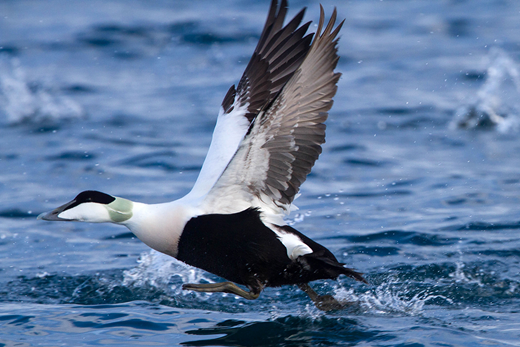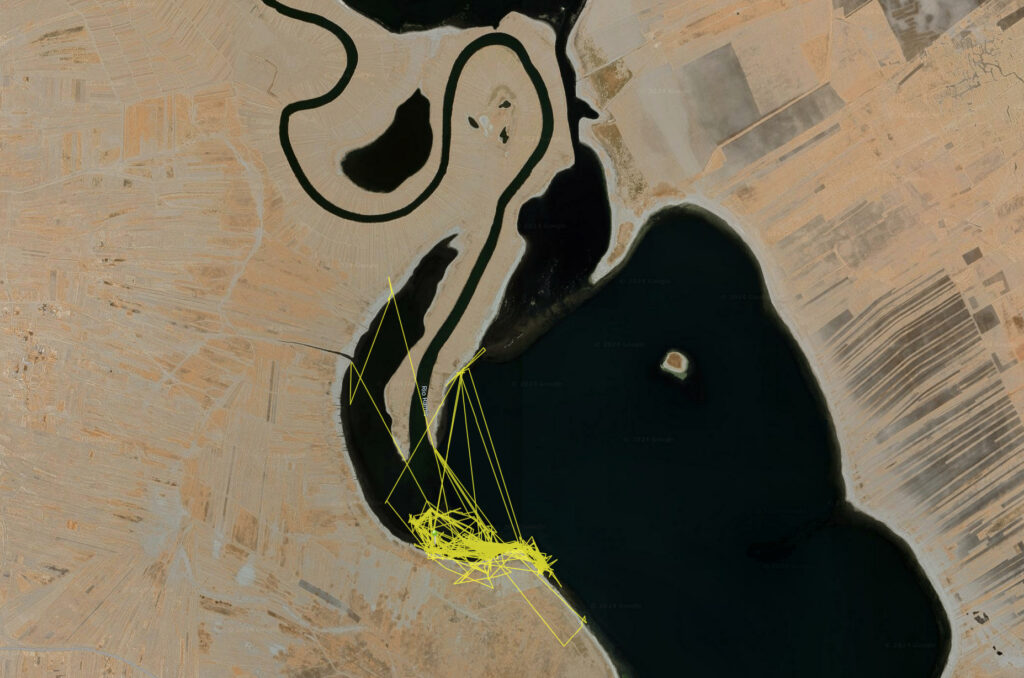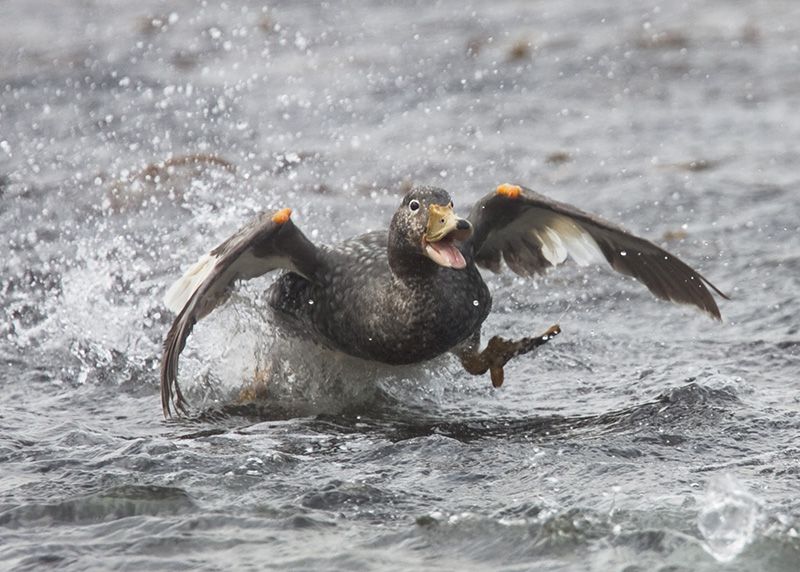alpine waterfowl biology & integrative studies of other waterbirds

Introduction
This lab studies the evolutionary biology of waterbirds. Integrative studies linking population genomics, physiology, biochemistry, and wildlife biology are used to answer questions about adaptation and natural selection. Systematics and phylogeography are used to establish a historical context for the evolution of populations and selected traits. These studies currently include high-altitude waterbirds in the Andes as well as diving bird species experiencing intermittent hypoxia at both low- and high altitude.
High altitudes are characterized by differences in atmospheric pressure that vary predictably across elevational gradients. Hypoxia in particular is one of the most important factors influencing performance and survival. Biochemical changes in the blood-O2 transport protein hemoglobin (Hb), for example, have been shown to mitigate the effects of chronic exposure to hypoxia in high-altitude adapted populations. In the Andean waterfowl, increased Hb-O2 affinity has evolved quickly over relatively short evolutionary time periods. However, selection on Hb represents only one component of O2 transport. Important mechanistic changes also have occurred at other points of O2 transport involving both convective and diffusive processes, e.g., breathing & pulmonary O2 diffusion, circulatory O2 delivery, and tissue O2 diffusion & metabolism. How development and phenotypic plasticity (i.e., acclimatization response) may alternatively promote the process of adaptation or shield individuals from natural selection also is of interest. Finally, diving underwater at high altitude presents an especially intriguing problem because species must adapt to environmental hypoxia and simultaneously the requirement to hold their breath.
I have appointments on all three campuses of the University of Miami and can advise PhD students in the Department of Biology, Rosenstiel School of Marine and Atmospheric Science, and Human Genetics & Genomics. I also hold an affiliate faculty position at the University of Alaska Museum of the North, as well as South American universities and research institutes, including the Centro de Ornitología and Biodiversidad.
Latest News of the Lab

Inside JEB – Mitochondria-packed muscles power duck dives


Nature – Genomic Mechanisms for the Evolution of Flightlessness in Steamer Ducks

Heredity Podcast

Inside JEB – Andean and Tibetan Birds Crack Breathing Different Ways